Best Companion Flowers For Vegetables
Title: Best Companion Flowers for Vegetables
Introduction:
Companion planting is a gardening technique that involves planting certain plants together to benefit each other. This can be done by planting plants that attract beneficial insects, repel pests, or improve the soil quality.
When it comes to companion planting, flowers can play a big role. There are many flowers that can be beneficial to vegetables, and by planting them together, you can help to improve your garden's productivity and health.
In this blog post, we will discuss some of the best companion flowers for vegetables. We will also provide some tips on how to plant them together for maximum benefit.
Main Content:
Here are some of the best companion flowers for vegetables:
- French marigolds: Marigolds are a popular companion flower because they repel pests such as aphids, nematodes, and whiteflies. They also help to improve the soil quality by attracting beneficial insects such as ladybugs and lacewings.

- Nasturtiums: Nasturtiums are another popular companion flower because they attract beneficial insects and repel pests such as aphids and spider mites. They also have edible leaves and flowers that can be used in salads or as garnishes.
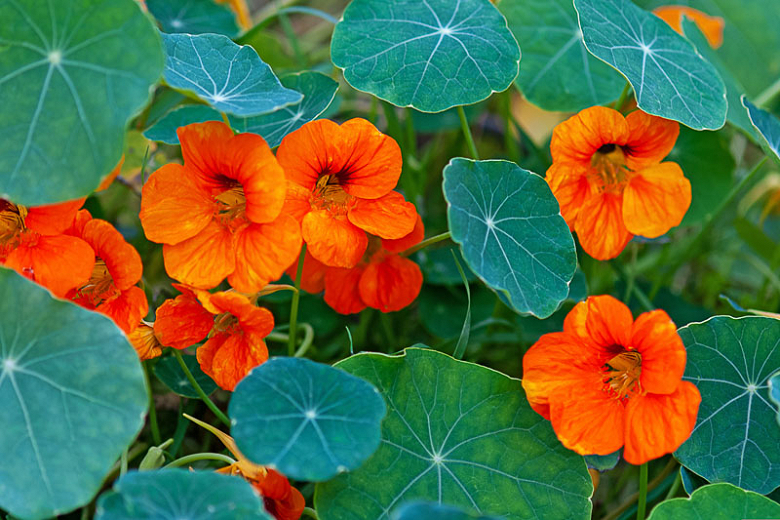
- Borage: Borage is a flowering herb that is known for its insect-repelling properties. It also attracts pollinators such as bees and butterflies. Borage can be used to make tea or infused in water to make a refreshing drink.

- Calendula: Calendula is a daisy-like flower that is known for its medicinal properties. It can be used to treat wounds, burns, and skin irritations. Calendula also attracts pollinators and helps to improve the soil quality.
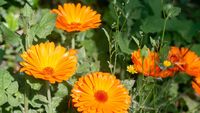
- Lavender: Lavender is a fragrant herb that is known for its calming properties. It also repels pests such as mosquitoes and moths. Lavender can be used to make essential oil, potpourri, or tea.

- Sweet alyssum: Sweet alyssum is a low-growing flower that is known for its sweet scent. It attracts pollinators and helps to deter pests such as aphids and cabbage moths. Sweet alyssum can be used to make a border around your vegetable garden or to fill in empty spaces.
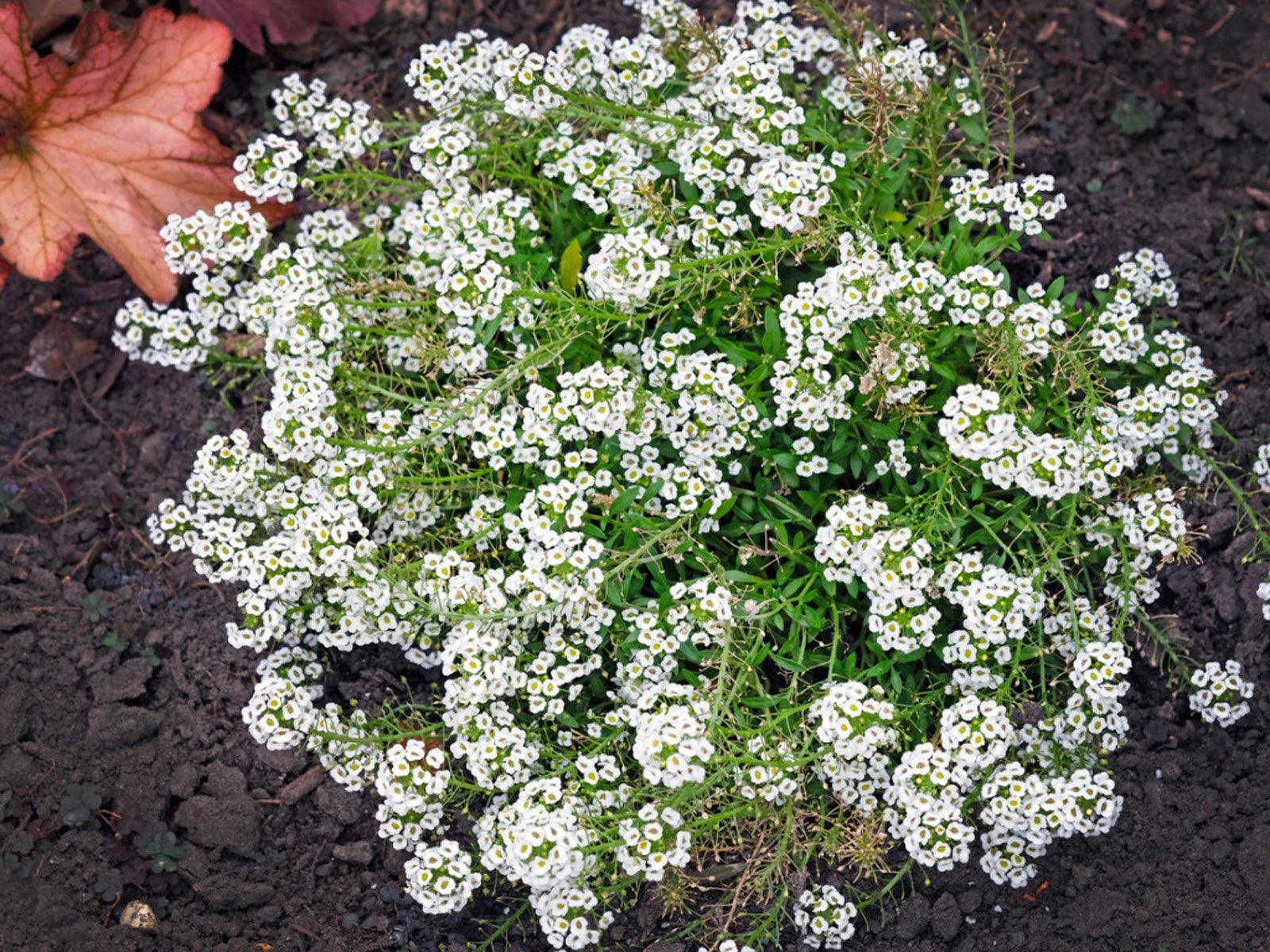
- Sunflowers: Sunflowers are not only beautiful flowers, but they can also be beneficial to vegetables. They attract pollinators and help to improve the soil quality by adding nitrogen. Sunflowers can also be used as a trellis for climbing vegetables such as cucumbers or beans.
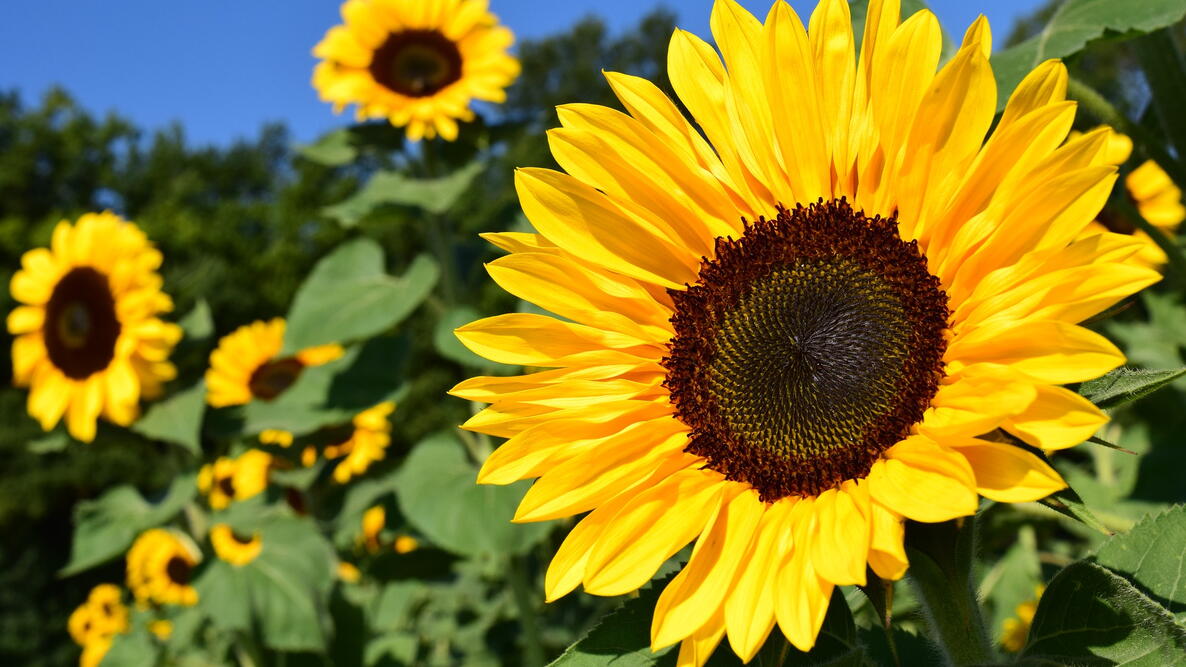
Tips for Planting Companion Flowers:
When planting companion flowers, there are a few things to keep in mind:
- Choose flowers that have similar growing requirements. For example, you wouldn't want to plant a flower that needs full sun next to a vegetable that prefers partial shade.
- Plant flowers that will attract beneficial insects and repel pests. This will help to keep your vegetable garden healthy and pest-free.
- Plant flowers that can improve the soil quality. This will help your vegetables to grow strong and healthy.
- Plant flowers that will complement the look of your vegetable garden. This will make your garden more attractive and enjoyable.
Conclusion:
Companion planting is a great way to improve the productivity and health of your vegetable garden. By planting flowers that benefit each other, you can create a thriving ecosystem that will benefit you for years to come.
Did you know that companion planting can help to improve the health and productivity of your vegetable garden? By planting certain flowers and herbs near your vegetables, you can attract beneficial insects, deter pests, and improve the overall health of the soil.
If you're interested in learning more about companion planting, I recommend visiting Home Gardening. This website has a wealth of information about which flowers and herbs are compatible with different vegetables, as well as tips on how to plant and care for your companion plants.
FAQ of companion flowers for vegetables
What are companion flowers?
Companion flowers are plants that are grown together in the same garden to benefit each other. They can help to deter pests, attract beneficial insects, improve the soil, or simply look beautiful together.
What are the benefits of companion planting?
There are many benefits to companion planting, including:
- Increased yields: Companion plants can help to increase the yields of vegetables by attracting pollinators, deterring pests, and improving the soil.
- Improved flavor: Some companion plants can also improve the flavor of vegetables. For example, basil is often grown with tomatoes to enhance their flavor.
- Reduced pest problems: Companion plants can help to deter pests by releasing chemicals that repel them or by attracting beneficial insects that prey on pests.
- Improved soil health: Some companion plants can help to improve the soil by fixing nitrogen, providing shade, or suppressing weeds.
- Increased beauty: Companion plants can also add beauty to a vegetable garden, making it more visually appealing.
What are some good companion flowers for vegetables?
Here are some good companion flowers for vegetables:
- Marigolds: Marigolds are a popular companion flower because they help to deter a variety of pests, including nematodes, aphids, and whiteflies. They also attract beneficial insects, such as ladybugs and hoverflies.
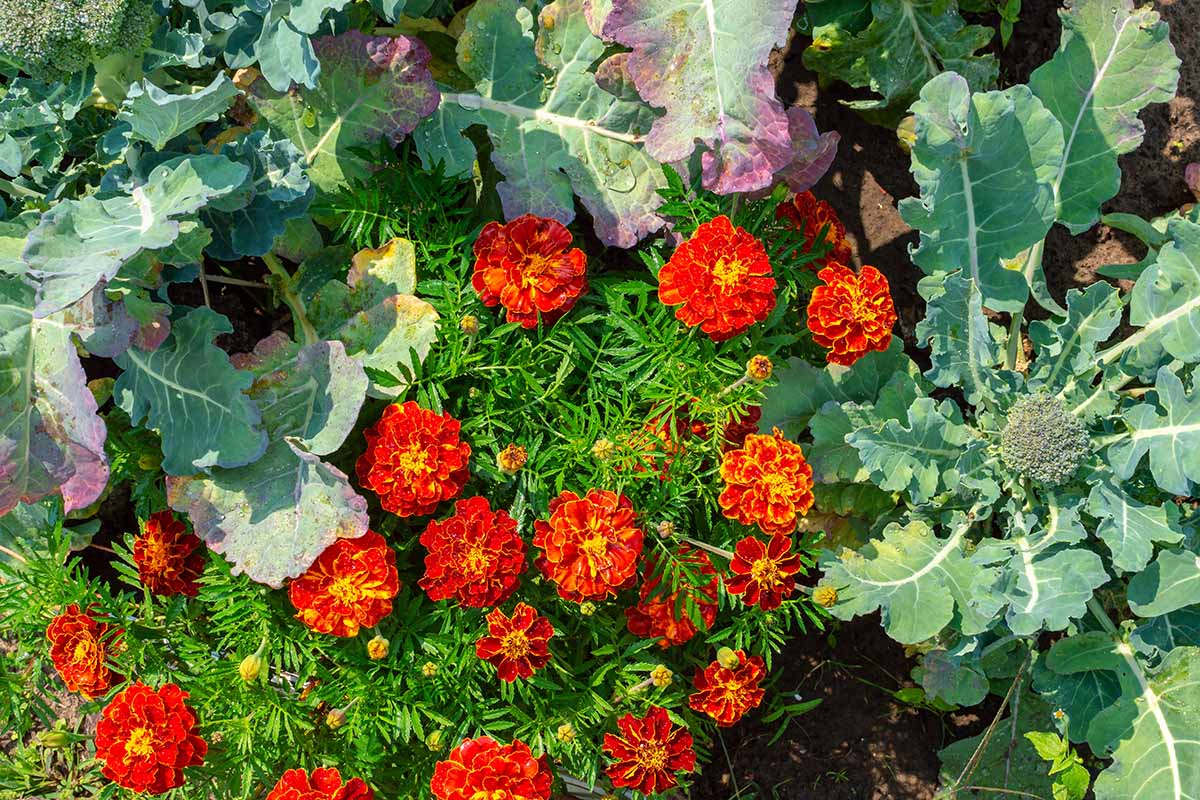
- Nasturtiums: Nasturtiums are another good companion flower for vegetables. They help to deter aphids and other pests, and they also attract pollinators.

- Borage: Borage is a flowering herb that attracts beneficial insects, such as ladybugs and bees. It also helps to improve the flavor of tomatoes.

- Calendula: Calendula is a flowering herb that helps to deter pests and attract beneficial insects. It also has medicinal properties and can be used to make a salve for cuts and scrapes.
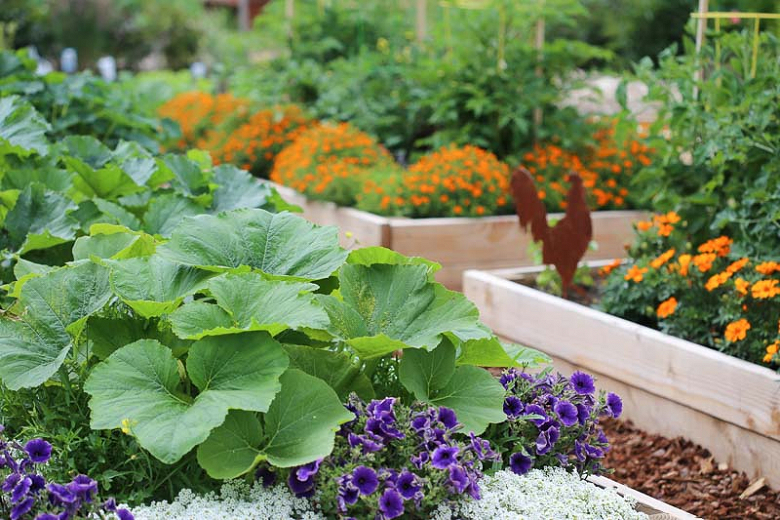
- Lavender: Lavender is a flowering herb that has a strong scent that deters pests. It also attracts pollinators and can be used to make a relaxing tea.

How do I choose companion flowers for my vegetables?
When choosing companion flowers for your vegetables, there are a few things to keep in mind:
- The needs of the vegetables: Some vegetables have specific needs, such as needing full sun or needing to be sheltered from wind. Make sure to choose companion flowers that have similar needs.
- The pests that are common in your area: Choose companion flowers that will help to deter the pests that are common in your area.
- The aesthetics of your garden: If you want your garden to be beautiful, choose companion flowers that you like the look of.
How do I plant companion flowers with my vegetables?
There are a few different ways to plant companion flowers with your vegetables. You can:
- Plant the companion flowers between the rows of vegetables.
- Plant the companion flowers around the perimeter of the vegetable garden.
- Plant the companion flowers in containers and place them near the vegetable garden.
No matter how you choose to plant them, make sure that the companion flowers are getting enough sunlight and water.
What are some common mistakes to avoid when companion planting?
Here are some common mistakes to avoid when companion planting:
- Planting incompatible plants together. Some plants do not get along well together and can compete for resources or even harm each other.
- Planting too many companion plants together. Too many plants can crowd each other out and prevent them from thriving.
- Not watering the companion flowers enough. Companion flowers need just as much water as vegetables, so make sure to water them regularly.
Where can I find more information about companion planting?
There are many resources available to help you learn more about companion planting. Here are a few suggestions:
- Books: There are many books available on companion planting. Some popular titles include "Carrots Love Tomatoes" by Louise Riotte and "The Vegetable Gardener's Bible" by Edward C. Smith.
- Websites: There are also many websites that offer information on companion planting. Some popular websites include www.gardeners.com and www.vegetablegardener.com.
- Gardening clubs: There are many gardening clubs that offer classes and workshops on companion planting. Check with your local garden center or nursery to see if they offer any classes or workshops.
Image of companion flowers for vegetables
null
Post a Comment for " Best Companion Flowers For Vegetables"